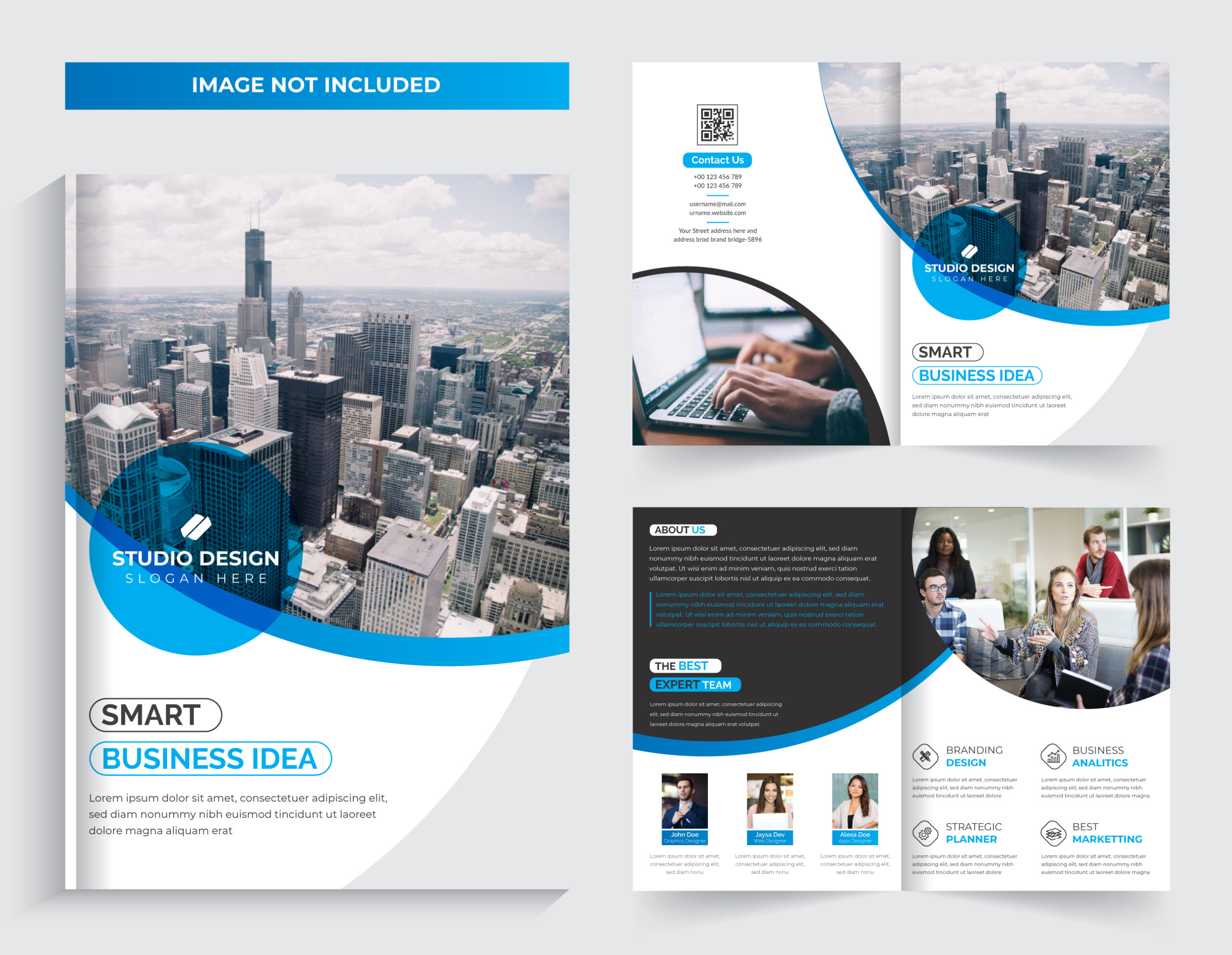Long patient wait times are a persistent challenge for clinics and healthcare providers worldwide. Not only do delays frustrate patients, but they also strain staff, reduce operational efficiency, and negatively impact the overall quality of care. Studies have shown that excessive waiting times are a top complaint among patients, influencing their decision to return or recommend the facility. Fortunately, there are strategic and actionable ways to significantly cut down wait times without compromising service quality. This article explores practical, proven methods clinics can implement to enhance patient flow and satisfaction.
1. Implement a Digital Appointment System
One of the most effective ways to reduce wait times is by using an online appointment scheduling system. Digital systems allow patients to book their own appointments based on availability, reducing scheduling conflicts and administrative workload. It also helps manage patient expectations by offering real-time updates and reminders, leading to fewer no-shows and smoother clinic operations.
2. Stagger Appointment Times
Overbooking or scheduling multiple patients at the same time leads to bottlenecks. By staggering appointments and building in buffer times between visits, clinics can reduce congestion and allow doctors to maintain a steady workflow. Utilizing patient data to estimate average consultation times for different cases can further refine scheduling accuracy.
3. Streamline Patient Intake with Pre-Visit Forms
Having patients fill out medical histories, consent forms, and insurance details online before their visit can drastically reduce time spent in the waiting area. Pre-visit digital forms also minimize errors and save administrative staff time. Tools that integrate with electronic health record (EHR) systems ensure seamless information transfer.
4. Use Patient Management Software
Patient management software centralizes appointments, billing, patient data, and medical records, reducing manual errors and time delays. This not only improves internal communication among clinic staff but also helps with resource allocation. For example, when front-desk staff are alerted of delays in real-time, they can proactively inform patients and manage the schedule accordingly.
5. Offer Telehealth Options Where Possible
For follow-ups or consultations that do not require physical examinations, offering telemedicine appointments can significantly reduce footfall and waiting time at the clinic. This allows doctors to dedicate more time to patients who need in-person care while maintaining efficiency.
6. Train Staff for Efficiency and Communication
Well-trained administrative and clinical staff are critical to reducing patient wait times. Staff should be trained to triage patients effectively, manage appointment flows, and handle peak hours calmly. Communication between front-desk personnel and healthcare providers must be clear and immediate to avoid delays and misunderstandings.
7. Use Real-Time Queue Management Systems
A real-time queue system that shows expected wait times on screens or patient apps helps manage expectations and reduce anxiety. When patients are informed about how long they have to wait, they’re more tolerant of delays. Some systems even allow patients to wait in their cars or nearby and get a notification when it’s their turn.
8. Segment Patients Based on Visit Type
Not all patient visits require the same amount of time. For instance, a routine vaccination or blood pressure check takes much less time than a full diagnostic consultation. Segmenting patients by visit type and assigning them to different doctors or time blocks can speed up service and reduce bottlenecks.
9. Evaluate and Adjust Based on Data Analytics
Tracking key metrics like average wait times, appointment durations, and patient flow trends can help identify problem areas. Regularly reviewing this data allows clinics to make evidence-based decisions, whether that means hiring more staff during busy hours, extending clinic hours, or modifying appointment durations.
10. Communicate Transparently with Patients
Sometimes, delays are inevitable due to emergencies or unpredictable patient needs. In such cases, transparent communication is crucial. Informing patients about the reason for the delay and providing an updated estimated wait time can reduce frustration and improve patient satisfaction.
Conclusion
Reducing patient wait times is not just about speed it’s about delivering better, more organized, and more compassionate care. By embracing technology such as EHR software, training staff, and fine-tuning operational workflows, clinics can create a more efficient environment that benefits both patients and healthcare providers. The result is not only improved patient satisfaction and loyalty but also better clinical outcomes and an enhanced clinic reputation. Implementing even a few of these strategies can mark a significant step toward a more efficient and patient-centric healthcare experience.


